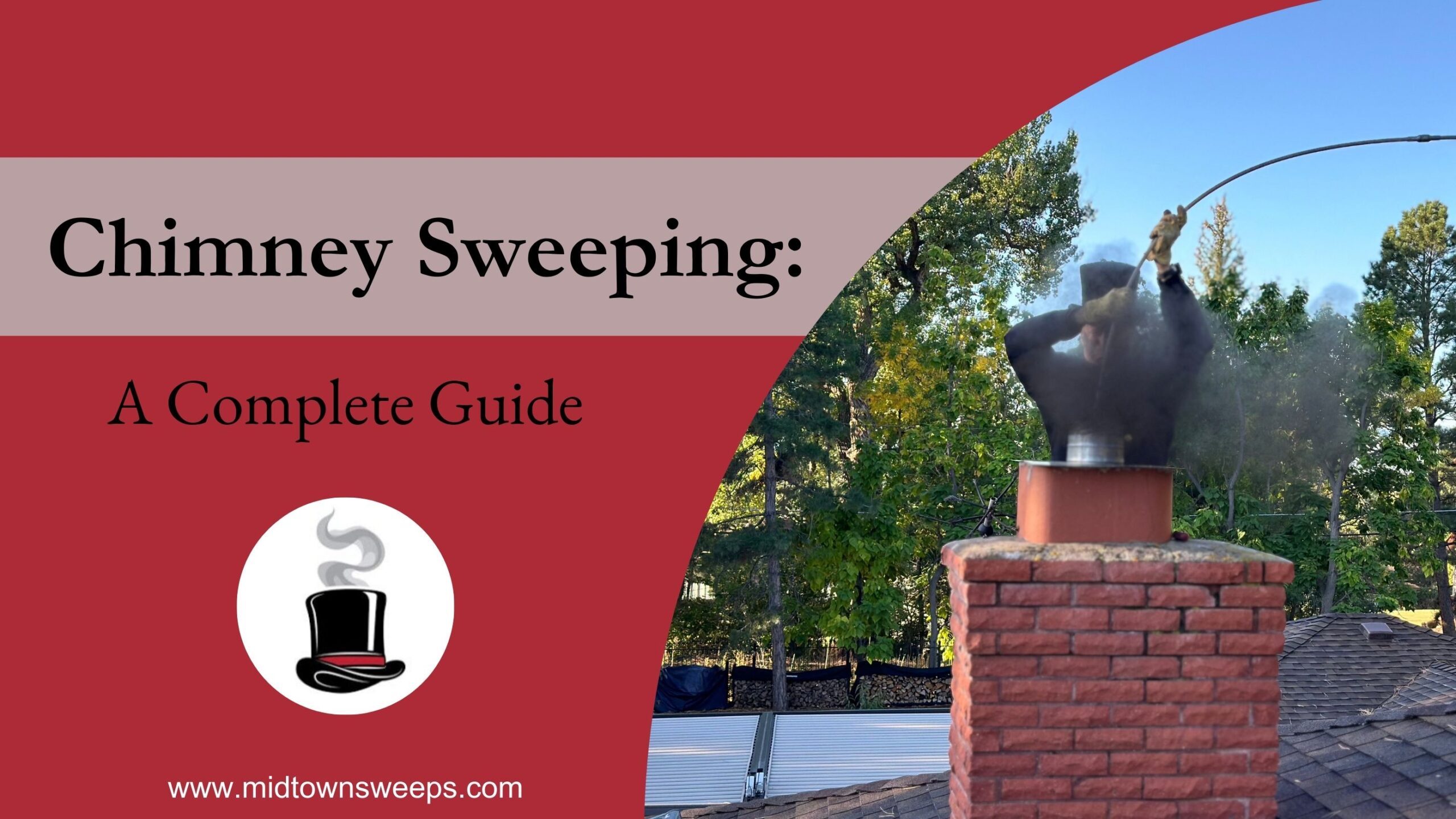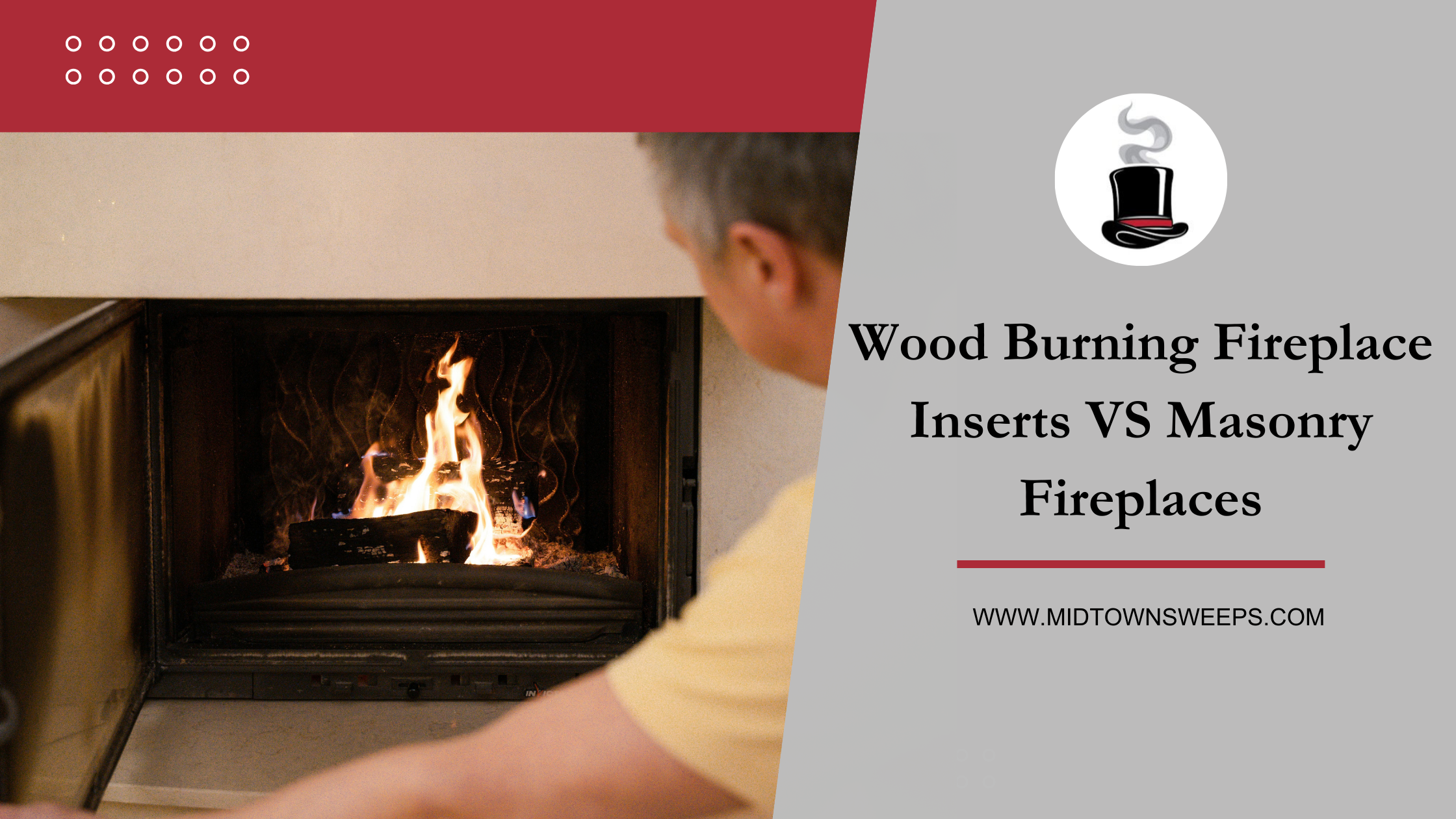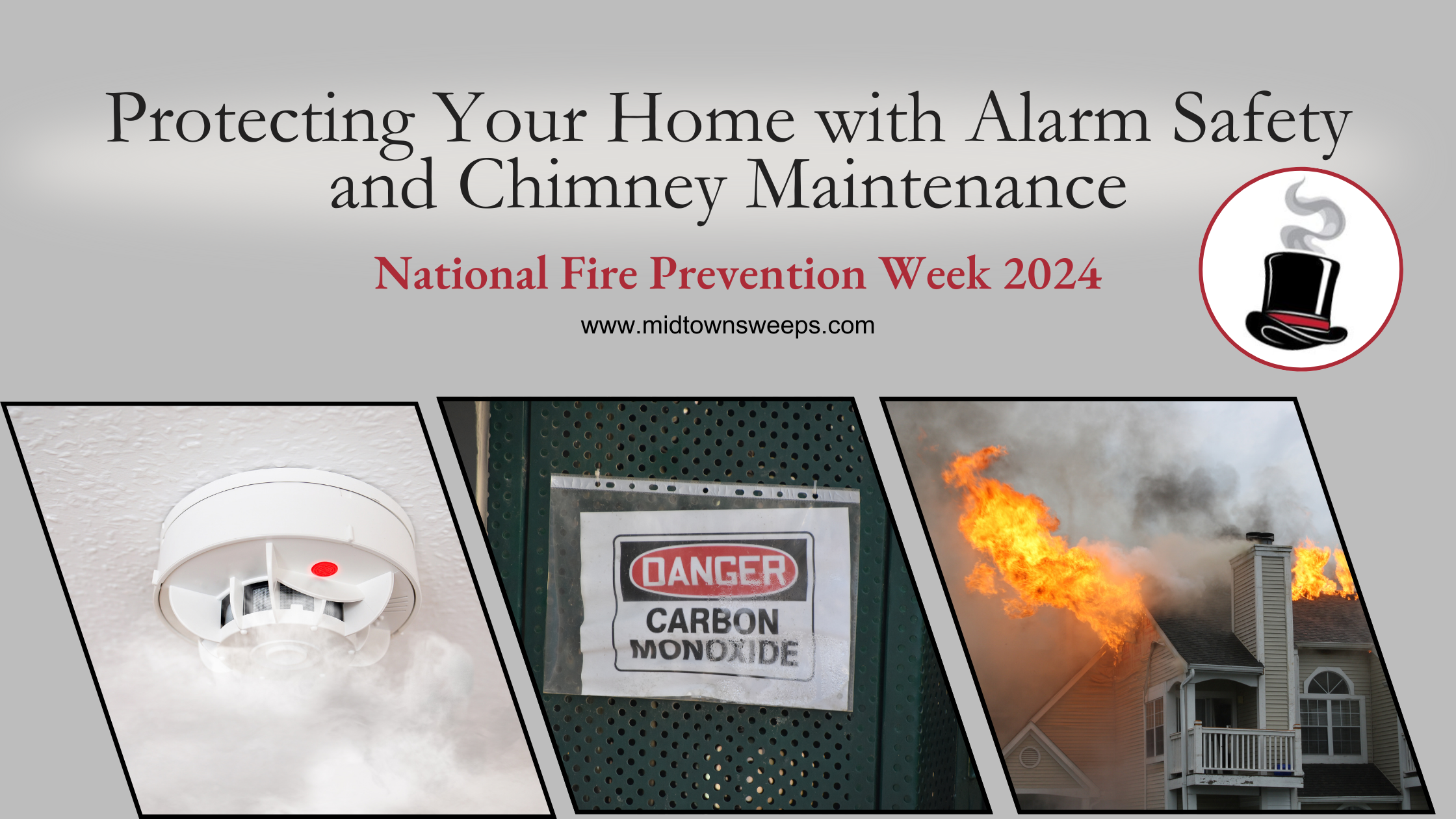Chimneys have been around for centuries and have undergone many changes in their time. And one thing that has not changed is the serious nature of chimney fires.
These structures are still used today for heating and cooling homes and providing a ventilation system for wood stoves, fireplaces, and furnaces. Chimney codes were set to prevent accidental fires.
The Formation of Chimney Codes
The United States wrote the first building code in 1788. In the late 19th century, American cities were increasing, and with that growth came a demand for more chimneys. Unfortunately, it didn’t take long before that demand became a problem. With so many buildings being built at once, the construction was poorly coordinated, resulting in chaos.
The start of the 20th century experienced the rapid popularity of domestic heating appliances, leading to a massive increase in house fires caused by chimney flues. As a result, fire prevention and chimney codes became more strict.
However, not all cities had codes, and even those that did may have differed from one another. As a result, there were no uniform safety standards for flues and chimneys until the International Conference on Building Codes and Fire Prevention was held to establish common standards for fire prevention codes.
These codes included building construction standards and regulations for fire alarms, sprinkler systems, and access to fire-fighting equipment. The conference also called for the creation of a permanent committee to oversee the future development of the standards.
And in 1927, the International Conference of Building Officials (ICBC) published the Uniform Building Code (UBC), which was last published in 1997. The International Building Code published by the International Code Council (ICC) replaced this code in 2000.
Most jurisdictions in the United States have embraced the IBC as a base code standard.
How to Know If Your Fireplace Is Up to Code
There are several requirements for a fireplace to be considered safe for use. Some of these codes base the conditions on the age of the fireplace and others on its use.
The NFPA 211 contains federal regulations on chimney safety, set by the National Fire Prevention Agency.
In addition, specific requirements for chimneys and fireplaces will vary depending on the laws of your state. The main thing to do is check with your local building inspector before installing a fireplace. Also, regular fireplace maintenance makes your fireplace up to code.
How to Maintain an Older Chimney
Chimneys are often overlooked in the maintenance of a home. However, neglected chimneys can lead to carbon monoxide poisoning, fire hazards, and costly repairs.
There are three types of chimneys: masonry, factory-built, and prefabricated. Each type has its own unique repair needs and requirements for safety.
Here are some basic ways for maintaining your chimney:
- Inspect it annually: The NFPA 211 says that chimneys and fireplaces should be inspected at least once per year.
- Installing a new spark arrestor if needed: Replacing your chimney spark arrestor enhances the safety of your home and its surroundings.
- Cleaning out the flue and firebox at least once a year: Cleaning the flue and firebox is an excellent way to improve your fireplace efficiency and avoid the costly repairs of a clogged chimney.
- Periodically repointing the brick or blockwork: The changes in heat and byproducts of combustion can cause a gap between the mortar joints. Renewing the outer mortar joints of your chimney will restore its efficiency and ensure that it adheres to chimney codes.
- Installing a chimney liner for the unlined chimneys: Consider installing a chimney liner if you have an unlined chimney that will enhance energy efficiency in your home. It will also reduce the risk of fire, leak of smoke, and carbon monoxide into your home and also extend the life of your chimney.












